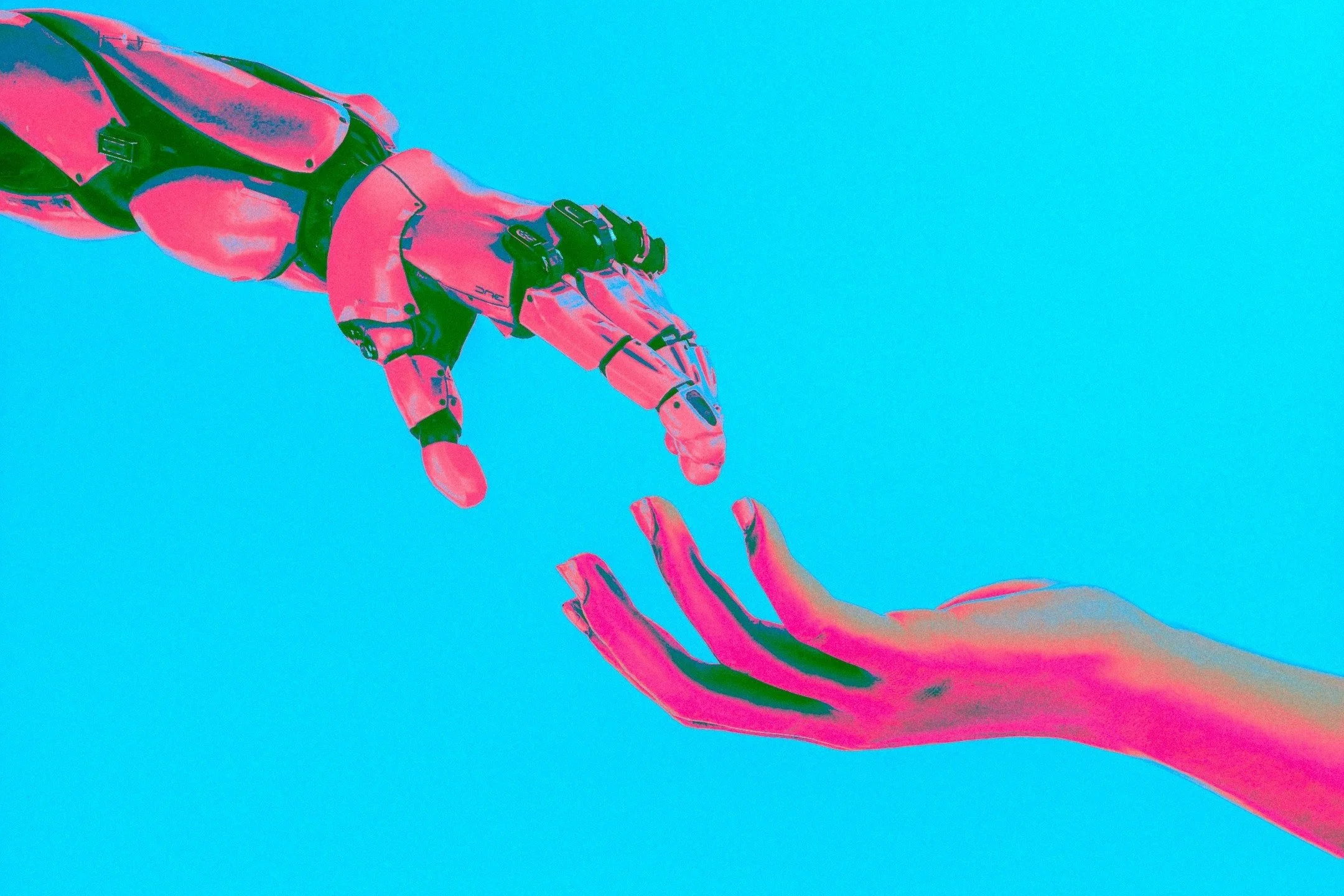Lights, Camera… Algorithm?
Photo by Cash Macanaya on Unsplash
How AI is Transforming the Film Industry
“At In Color Studios, we believe that AI should empower filmmakers to tell bolder, more authentic stories—enhancing creative vision from concept through post-production, without replacing the human artistry that makes each film unforgettable.”
Smarter Scripts and Faster Pre-Production
AI is streamlining the earliest phases of filmmaking. Screenwriters are using AI tools to brainstorm ideas, refine dialogue, and structure plots. Some indie creators even rely on AI to storyboard scenes or generate concept art, cutting down on development time and cost.
Visual Effects and Editing Revolution
In post-production, AI is accelerating workflows. Tasks like background replacement, facial de-aging, rotoscoping, and voice dubbing are now faster and more affordable thanks to machine learning. Studios save time and money — with some effects now completed in hours instead of days.
Data-Driven Decision Making
Major studios are harnessing AI to predict box office success, test marketing campaigns, and fine-tune casting decisions. These insights allow them to minimize financial risk, especially for high-budget projects in today’s competitive content landscape.
Industry Pushback and Ethical Concerns
The rise of AI hasn’t come without controversy. The 2023 writers' and actors' strikes brought attention to concerns over AI-generated scripts and synthetic performances. While contracts now include protections, creators remain wary of losing creative control — or jobs — to machines.
Changing How We Watch
AI isn’t just shaping production — it’s transforming how audiences discover content. Streaming platforms use recommendation algorithms to keep viewers engaged. Meanwhile, deepfakes and synthetic media raise new questions about authenticity and consent.
Final Cut: The Future of Filmmaking
AI is not replacing storytellers — but it is redefining the process. For filmmakers willing to adapt, AI can be a powerful creative ally. The key challenge? Ensuring technology serves the art, not the other way around.

